Invest
What’s in store for the Sydney property market?
Having seen house prices double since the GFC, Australia’s largest city remains well and truly the country’s most expensive housing market. Nestegg.com.au caught up with BIS Shrapnel associate director Kim Hawtrey to discuss what to expect in Sydney looking ahead.
What’s in store for the Sydney property market?
Having seen house prices double since the GFC, Australia’s largest city remains well and truly the country’s most expensive housing market. Nestegg.com.au caught up with BIS Shrapnel associate director Kim Hawtrey to discuss what to expect in Sydney looking ahead.

Nestegg: Overdevelopment in Sydney has always been a hot topic, but recent analysis suggests that development is unfolding disproportionately across different pockets of the city. What do you make of that?
Kim Hawtrey: I think that the disparity shouldn’t be overstated because people can move between suburbs quite easily. Having said that, when you start with an equilibrium position between different suburbs and you’ve got a lot more development in one than the other, over time it will have an effect.
It means there’s going to be differential price effects across different parts of Sydney because when you’ve got a lot of stock coming on stream over the next couple of years in particular pockets it might keep prices down in those areas for buyers, and it might keep rents down for tenants and it might tend to soften the rental yields in that area.
NE: What should be the goal of development and are there certain areas we should be more focused on?
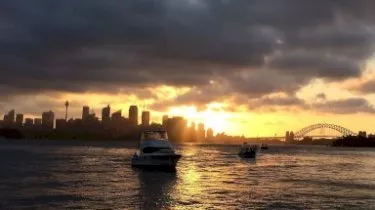
KH: We want to get development right across Sydney so that we can provide a choice for people about where they want to live and what kind of housing they want. We want to make maximum use of the development in the inner 10-15 kilometres of the city.
At the same time, we need to have satellite centres like Parramatta, Liverpool, Miranda, Chatswood, and so on developing high-rises which are employment and transport hubs and make the best use of the transport system in the city. Equally, we need to get suburban estates with detached houses and backyards and so on for families that need that space developing on the outer fringes of the city. Something like Badgerys Creek, for example, is going to stimulate development and property values over time.
NE: How successful would you say property development is at achieving those aims?
KH: I think we’re seeing a pretty good mix across Sydney's different regions and it’s happening in both apartments and detached houses. We’re seeing that the western suburbs are getting their fair share of development as well as the inner city and the satellite centres. If you look at the approval figures for Sydney, they’re pretty good with the outer west, and Blue Mountains seeing a fairly good uptick in dwelling approvals, while south-west Sydney, as well as areas like Ryde, have really gone gangbusters.
The city inner-south and south-west are going very strongly as well, while north Sydney with areas like Hornsby have also been recording strong dwelling approvals over the last couple of years so it’s quite a good mix geographically and it’s quite a good mix of detached houses and apartments.
NE: There have been predictions that if Sydney’s development continues at the current rate, it will meet its development targets four years ahead of schedule. What do you make of that projection and if it does eventuate, will house prices soften?
KH: We don’t think it will keep up at its current pace because the building boom is pretty much peaking in 2017 and we forecast that new dwelling construction will start to ease off from the peak so we’re not going to have the same dwelling pipeline coming on stream for the next few years as we’ve had.
As to whether it will ease affordability, the answer to that is probably no. It won’t dramatically solve the problem but we do expect a modest easing in home affordability and that will be coming off a very high level as home unaffordability is pretty much at its all-time peak. We do expect it to come back a little bit but we see it over the next couple of years remaining at a high level.
NE: In your view, how should that affordability issue be addressed?
KH: I think you have to have a significant increase in land release, more greenfield land, more development of land, as well as putting in suburbs and subdivisions. These actions would make a significant impact as well as making changes to taxes like a reduction of stamp duty for example.
NE: This conversation surrounding housing affordability has been going on for years and has to this point only gotten worse. Will supply ever catch up with demand in Sydney?
KH: It would take more than five years. It might be possible sometime in the 2020s.
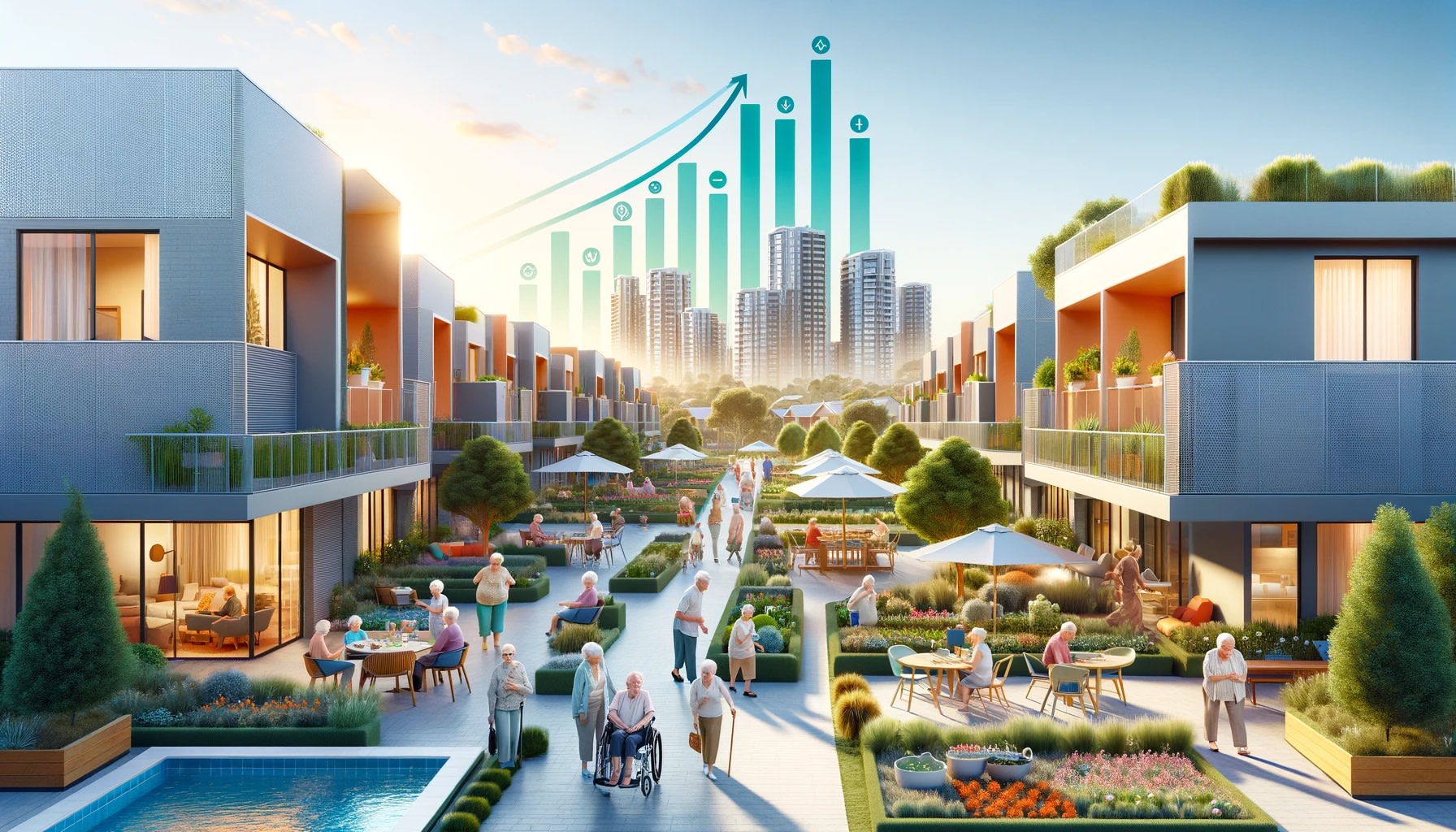
Property
Retirement communities: a pivotal element in meeting Australia's housing targets
The Retirement Living Council (RLC) has recommended that retirement communities should be considered a vital part in the Australian Government's initiative to fulfill the Housing Australia Future Fund ...Read more
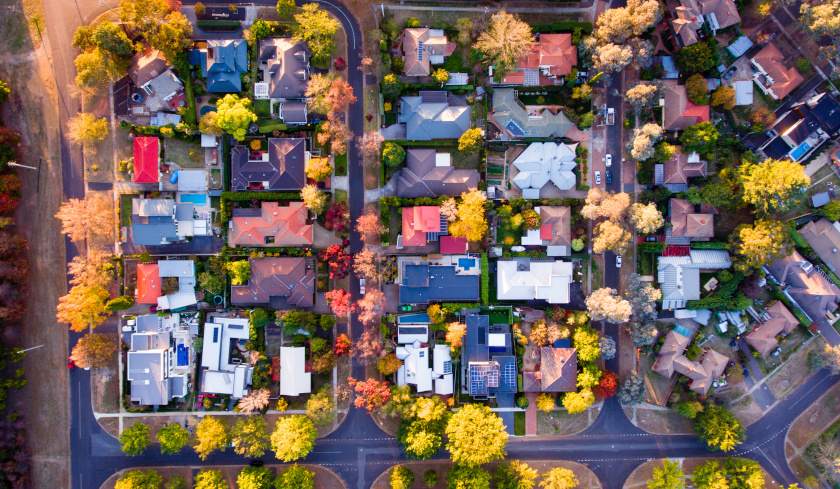
Property
Australians adjust financial strategies amid changing property market dynamics
The 2023 calendar year saw Australian borrowers acquiring a total of $300.9 billion in new loans for property purchases, marking a 12.7% decrease from the previous year. Read more

Property
Split home loans unlocking doors for Aussie buyers
Australians are teaming up to dive into the real estate market and seize the advantages of home ownership, with the trend of split home loans surging as family and friends unite to buy properties ...Read more

Property
Real estate investment: Spotting high-growth potentials
Investing in real estate has long been a favoured approach for Australians looking to grow their wealth. Read more
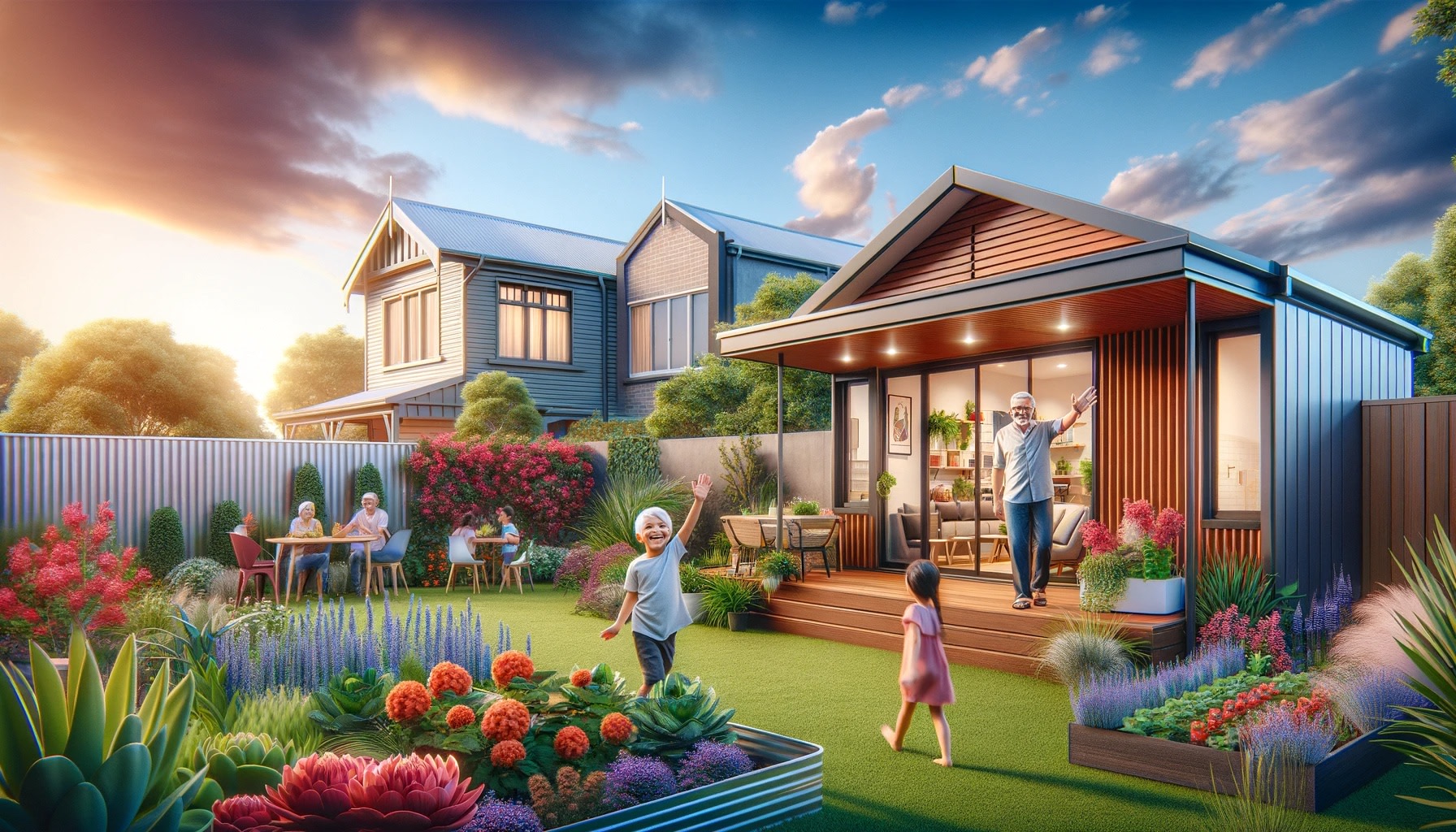
Property
Granny flats become Aussie families' cost-effective solution to soaring living costs
As the cost of living skyrockets, a forward-thinking trend is sweeping across Australia – granny flats are becoming a favoured living arrangement for older Aussies seeking comfort and proximity to ...Read more

Property
Homebuyers grapple with extended savings period amid affordability crisis
Gone are the days when an Australian dream home seemed just within reach. The path to homeownership in Australia has extended by at least two arduous years, as revealed by the latest insights from ...Read more

Property
Hybrid development unlocks new potential for NDIS housing in metro hotspots
In a ground-breaking strategy aimed at addressing the stark imbalance between the location of Specialist Disability Accommodation (SDA) developments and the actual areas of demand, Aligned Disability ...Read more
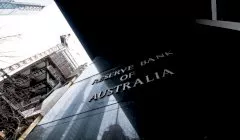
Property
Property prices boosted by housing policies: RBA
The central bank has outlined the “pervasive” impact that policy has on property. Read more

Property
Retirement communities: a pivotal element in meeting Australia's housing targets
The Retirement Living Council (RLC) has recommended that retirement communities should be considered a vital part in the Australian Government's initiative to fulfill the Housing Australia Future Fund ...Read more

Property
Australians adjust financial strategies amid changing property market dynamics
The 2023 calendar year saw Australian borrowers acquiring a total of $300.9 billion in new loans for property purchases, marking a 12.7% decrease from the previous year. Read more

Property
Split home loans unlocking doors for Aussie buyers
Australians are teaming up to dive into the real estate market and seize the advantages of home ownership, with the trend of split home loans surging as family and friends unite to buy properties ...Read more

Property
Real estate investment: Spotting high-growth potentials
Investing in real estate has long been a favoured approach for Australians looking to grow their wealth. Read more

Property
Granny flats become Aussie families' cost-effective solution to soaring living costs
As the cost of living skyrockets, a forward-thinking trend is sweeping across Australia – granny flats are becoming a favoured living arrangement for older Aussies seeking comfort and proximity to ...Read more

Property
Homebuyers grapple with extended savings period amid affordability crisis
Gone are the days when an Australian dream home seemed just within reach. The path to homeownership in Australia has extended by at least two arduous years, as revealed by the latest insights from ...Read more

Property
Hybrid development unlocks new potential for NDIS housing in metro hotspots
In a ground-breaking strategy aimed at addressing the stark imbalance between the location of Specialist Disability Accommodation (SDA) developments and the actual areas of demand, Aligned Disability ...Read more

Property
Property prices boosted by housing policies: RBA
The central bank has outlined the “pervasive” impact that policy has on property. Read more






